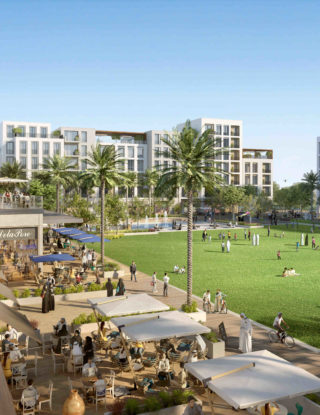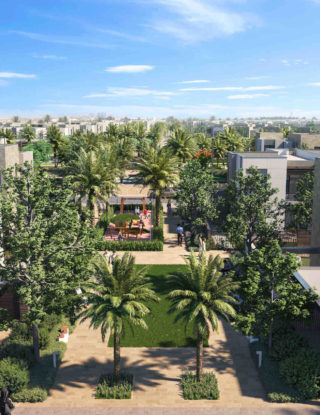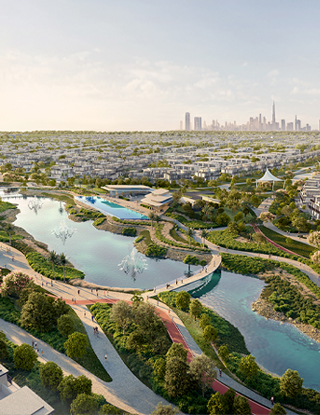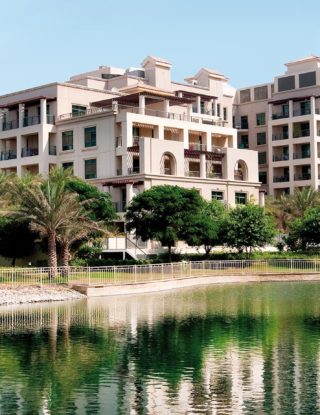Investing in property is one of the most significant financial decisions you’ll make, and understanding how to assess property value is key to ensuring a solid investment. The value of real estate is influenced by numerous factors, from location and market trends to the condition of the property itself. Here, we’ll break down the key factors to consider when assessing property value.
Location: The Cornerstone of Property Value
The location of a property is arguably the most important factor influencing its value. Properties in most sought after areas, situated near essential amenities, such as public transportation, reputable schools, green parks, and commercial hubs are typically more valuable. Homebuyers are increasingly drawn to urban centres, where access to employment opportunities, everyday convenience, and a vibrant sense of community significantly enhance quality of life. Properties in well-connected city areas with strong infrastructure, transport links and quality services consistently experience higher demand and long-term value appreciation.
Even within a city, the micro-location matters. For example, properties near new infrastructure projects, such as metro stations or planned commercial districts, often experience increased value.
Market Trends: The Bigger Picture
Understanding the local real estate market is essential for making an informed investment decision. Is it a buyer’s market, where prices are lower, or a seller’s market, where prices are higher due to demand? A market’s condition is shaped by factors such as supply and demand, interest rates, employment levels, and GDP growth. Evaluating these indicators provides crucial insight into whether property prices are poised to rise, stabilize, or decline.
Dubai continues to outperform many global peers in the prime residential segment. Capital values in the city rose by 6.8% in the last year alone. This surge is driven by sustained population growth and an influx of high-net-worth individuals and family offices relocating to the UAE, fueling demand for high-end real estate. At the same time, a constrained supply, especially in the villa segment is expected to continue into 2025, placing continued upward pressure on both capital and rental values.
The city’s thriving economy, now valued at $115 billion is attracting an influx of skilled professionals and affluent families. With a current population of 3.8 million projected to grow to 5.8 million by 2040. Dubai’s dynamic growth trajectory maintains to reinforce long-term real estate growth.
Property Condition and Potential for Renovation
The condition of a property directly impacts its value. Properties in need of renovation might be priced lower, providing an opportunity for buyers to purchase and improve the property for a higher return on investment. However, it’s important to assess the costs of renovation and whether the improvements will lead to an increase in property value.
A property’s age and maintenance also influence its market value. For instance, newer properties generally demand higher prices due to modern amenities and fewer maintenance issues. However, older properties can offer unique charm and larger living spaces that appeal to certain buyers, especially in prime locations.
Properties with well-maintained features, such as updated kitchens and bathrooms, tend to hold value better than those with outdated or worn features. Additionally, larger homes or properties with exquisite architectural elements often have higher market appeal.
Developer Reputation and Quality
The reputation of a developer significantly influences a property’s value. Homes built by trusted developers with a proven track record of delivering high-quality projects often command a premium in the market.
Buyers are more confident investing in properties backed by reputable names, knowing they are likely to benefit from superior construction standards including timelines and legal requirements, appealing amenities, and professional property management. These factors not only enhance the immediate living experience but also contribute to higher demand and stronger resale potential over time.
Size, Layout, and Design
While size plays a significant role in property value, how space is utilized is equally important. A well-designed property that maximizes the use of space, with open floor plans and efficient layouts, is likely to be more desirable than a larger property with awkward room configurations. Today’s homebuyers and renters increasingly prioritize functionality and thoughtful design over square footage.
Furthermore, the inclusion of high-end materials and finishes, such as marble countertops, hardwood flooring, and custom wood, can elevate the value of a property. As well as the importance of outdoor space, which is particularly valuable in urban areas where private gardens or terraces.
Legal and Regulatory Considerations
Legal aspects must not be overlooked when assessing property value. Make sure the property has a clean title deed, with no ongoing legal disputes or zoning issues that could affect its use or resale.
Understanding the legal framework surrounding a property is key in securing a solid investment. Ensuring that the property has a clean title deed and is free of legal disputes or zoning restrictions enhances both its immediate appeal and long-term marketability.
In Dubai, where foreign ownership is welcomed in designated zones, clarity on ownership rights can significantly boost a property’s value and investment potential. Properties that comply with local building codes and zoning laws are more likely to appreciate in value, while those that do not may encounter legal complications that could decrease their worth.
Rental Yield and Income Potential
For investors looking at properties for rental income, assessing the rental yield is crucial. Rental yield is the annual income generated by a property divided by its market value. Properties with high rental yields are attractive to investors as they offer better returns on investment. In some high-demand areas, properties can generate average rental yields of 5-7% annually, making them lucrative investment opportunities.
Additionally, market fluctuations and the demand for rental properties in a given area must be considered. If rental demand is likely to increase, it can drive both short-term returns and long-term capital appreciation.
Future Development and Growth Potential
A property’s future potential is tied to the ongoing development in the surrounding area. Look for areas where infrastructure improvements, such as new transport networks or commercial zones, are underway. These developments often lead to increased demand for housing and an appreciation in property values. Areas near planned developments often experience a significant boost in property prices as investors and homebuyers anticipate the benefits of better connectivity and amenities.
By keeping an eye on local urban planning initiatives and government projects, you can identify up-and-coming areas that are poised for growth.
Making Informed Property Investment Decisions
Assessing property value requires a holistic approach that combines various factors, from location and market trends to the condition of the property and its potential for future growth. By carefully evaluating these elements, you can make informed decisions that maximize the return on your investment.
Real estate is a long-term investment. By understanding the key drivers of value, you can make more informed decisions and select properties with strong appreciation potential—paving the way for lasting financial success.






















